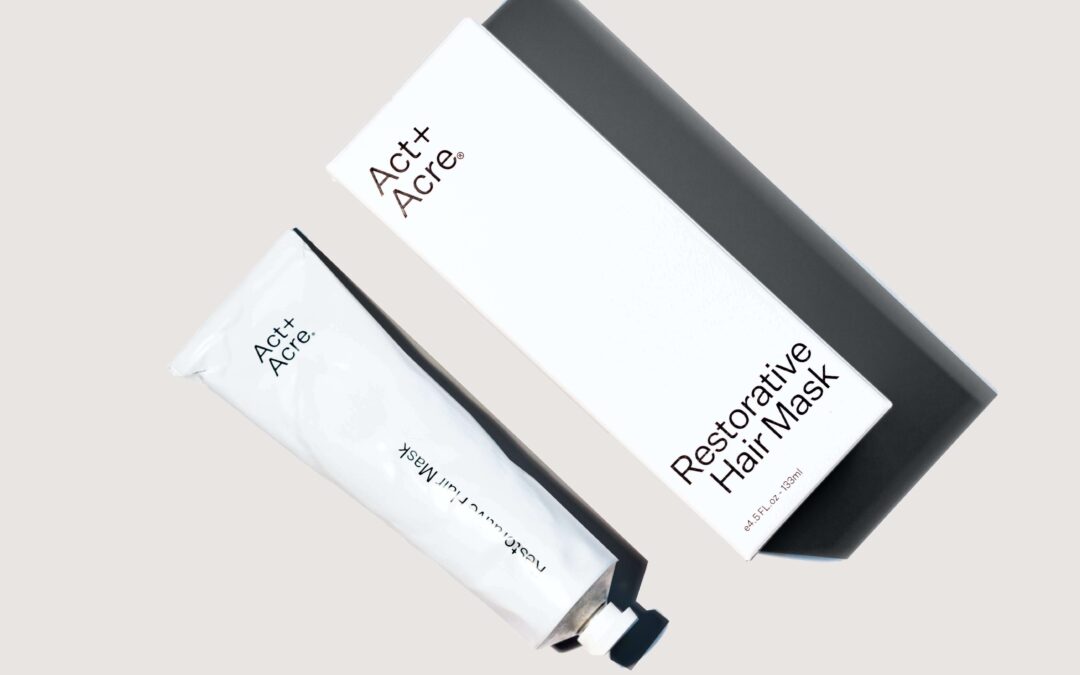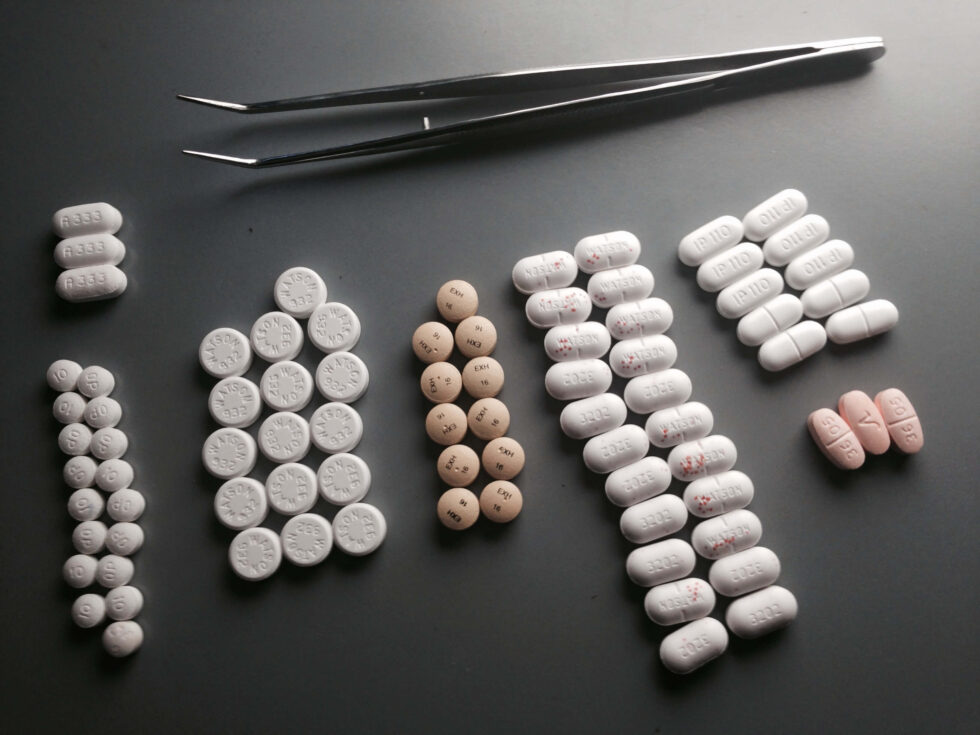Keep Up With The Latest Packaging Trends In 2021
Humans – one of the handful species that has made the most of evolution; that has adapted like no other. With every century, every decade, every year, and now, with every day, we welcome new innovations; well-led revolutions that contribute to changing the world for the better, bringing us comfort and convenience in their truest forms.
As people evolve, so do their ideas and perceptions; consequently, so do their needs and wants. To meet the desires and better address their concerns, industries evolve as well. Consumers now look for multiple things in a product – from an exceptional visual appeal to an equally functional value – they seek perfection.
Now, the fact remains that a product’s journey from production to distribution to marketing to finally landing on a consumer’s shelf is a long one. So, how do companies ensure that these products bring the expected value to the consumers, without it getting lost in transit? The grander question – in a competitive world full of products similar to yours, how do you ensure that your packaging is the one that is superior in quality, both in terms of appearance and usage?
One of the most effective ways to do so is flexible packaging, a fine result of innovation and technology. As highlighted before, evolution is everywhere, even in the packaging sector. Every year, we see new trends that flood through the gates of this industry. To help you keep up with them, here is a curated list of flexible packaging trends in 2021.
Top 5 Packaging Trends In 2021
According to Trivium Packaging’s 2021 Global Buying Green Report, 54% of the consumers that were a part of the survey take sustainable packaging into consideration when buying a product. People today are making conscious choices when it comes to consumption of products; they are actively opting for products that are designed, keeping the preservation of nature in mind. To cater to this rising demand for sustainable products, industries have to adapt to these all-new lifestyles and evolved perceptions of the consumers, paving the way for sustainable packaging trends. Let’s explore these new trends in packaging-
1. Reusable Packaging:
Packaging that can be returned or reused has been tried and tested on a small scale in the past as well. But it is now, with the evolution of technology, that it is possible to implement it on a larger, more significant scale. Crates, drums, pallets, and bulk containers – all of these packaging products can now be reused. Thanks to packaging that comes with zippers and seal top closures, consumers can keep using them for multiple things before they are discarded. Multiple firms belonging to different industries are now inclined towards this trend. After the consumption of products, the packaging can be returned back to the company. There are many tools out there today that ensure the smooth running of supply chains when it comes to returns.
2. The Rise Of Bioplastics:
This is the most significant one on the food packaging trends list. As the name suggests, bioplastics are born out of biodegradable materials such as starch, proteins, and polylactic acid (PLA) – a natural polymer made from corn starch or sugar cane. Of all the options available, polyethylene terephthalate (PET) is the most recyclable one. It is essentially produced from feedstocks. But it is possible to replace some of its petroleum-based components with bio-based alternatives. Despite its many features, polyethylene packaging films and products also serve as a cost-effective solution. They are the ideal alternatives for disposable packaging.
3. Use Of Edible Films:
This one easily tops the list of the most innovative solutions so far. Be it films or coatings, the materials used to produce this kind of packaging are safe to be consumed along with the product. Here are the materials that are generally used – polysaccharides, proteins, and waxes. These have the unique ability to create a constant coating or film. These films not only improve the shelf life of the product, but also contribute to reducing the level of wastes produced by the packaging industry. Although it is still a fairly new phenomenon, it is being steadily accepted by multiple industries and certainly has carved a bright future for itself.
4. Refillable Parent Packaging:
The concept of refillable parent packaging is as simple as it gets – the company or its branch makes the product available in one place in bulk. Customers bring the necessary containers of their own and fill it up with the product. Organizations belonging to the personal care and cleaning industry are already implementing measures that are in line with this concept. Apart from reducing the plastic and compact packaging waste, it also helps firms cut down on the transportation and manufacturing costs.
This concept does require a lot of strategic thinking in terms of access to the target audience, but when implemented correctly, it can do wonders for the sustainable packaging industry. While refillable parent packaging revolves around retailer-to-consumer bulk buying, bulk dispenser refilling is a similar trend for the wholesaler-to-retailer market. Even the smaller grocery chains are keeping an open mind and welcoming this trend with open arms for the love of environmental sustainability.
5. Quality Coupled With Sustainability:
Taking the eco-friendly road no longer means that you have to pay an extra price or compromise on quality. In fact, both these aspects – quality and sustainability – go hand-in-hand when it comes to flexible packaging. Recyclable packaging materials like polyethylene allow you to adorn your products with attractive designs and patterns. It also helps companies explore and experiment with their packaging strategies, and allows them to set their product apart from the rest of the competition. Thanks to technological advancements, your products can be easily wrapped in eye-catching packaging, enhancing its chances to be the chosen one among all that are sitting on the shelf.
Ecoplast Ltd, Your Go-to Packaging Film Suppliers In India
Looking for the right film packaging solution? Ecoplast India, one of the leading packaging film manufacturers, is where you are sure to find it. With over 40 years of experience in the industry, we offer a comprehensive line of surface protection films for Stainless steel, UPVC, Aluminium Composite Panels, Aluminium sections/profiles, PVC and Carpets, and more. Here are our premium products:
- Ecogen™ – Lamination Films
- Ecoprotect™ – Surface Protection Films
- Ecobond™ – Adhesive Films
- Ecoprime™ – Speciality Films
Browse through our extensive range of surface protection films online and select the one that best suits your requirements. If you have been in search of the right surface protection film suppliers in India, contact us at: +91-22-2683 3452 / +91-22-2683 1403, or drop an email at: [email protected]


